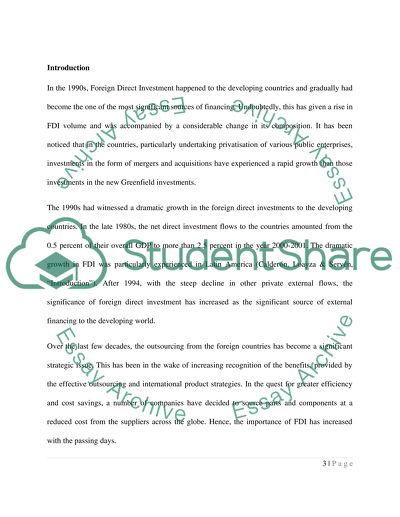Cite this document
(“Motivation of firms for foreign direct investments - a critical review Dissertation”, n.d.)
Retrieved from https://studentshare.org/family-consumer-science/1405517-motivation-of-firms-for-foreign-direct-investments
Retrieved from https://studentshare.org/family-consumer-science/1405517-motivation-of-firms-for-foreign-direct-investments
(Motivation of Firms for Foreign Direct Investments - a Critical Review Dissertation)
https://studentshare.org/family-consumer-science/1405517-motivation-of-firms-for-foreign-direct-investments.
https://studentshare.org/family-consumer-science/1405517-motivation-of-firms-for-foreign-direct-investments.
“Motivation of Firms for Foreign Direct Investments - a Critical Review Dissertation”, n.d. https://studentshare.org/family-consumer-science/1405517-motivation-of-firms-for-foreign-direct-investments.


